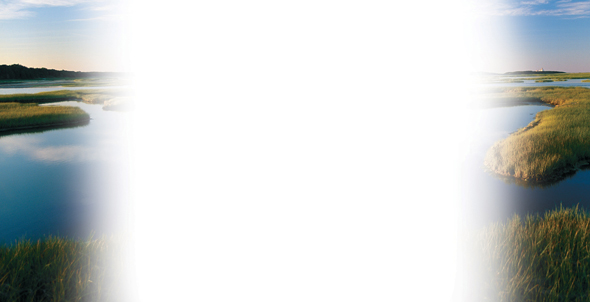Scientific Methodology: The Heart of Science
 What procedures are at the core of scientific methodology?
What procedures are at the core of scientific methodology?
You might think that science is a mysterious process, used only by certain people under special circumstances. But that's not true, because you use scientific thinking all the time. Suppose your family's car won't start. What do you do? You use what you know about cars to come up with ideas to test. At first, you might think the battery is dead. So you test that idea by turning the key in the ignition. If the starter motor works but the engine doesn't start, you reject the dead-battery idea. You might guess next that the car is out of gas. A glance at the fuel gauge tests that idea. Again and again, you apply scientific thinking until the problem is solved—or until you run out of ideas and call a mechanic!

Scientists approach research in pretty much the same way. There isn't any single, cut-and-dried “scientific method.” There is, however, a general style of investigation that we can call scientific methodology.  Scientific methodology involves observing and asking questions, making inferences and forming hypotheses, conducting controlled experiments, collecting and analyzing data, and drawing conclusions. Figure 1–3 shows how one research team used scientific methodology in its study of New England salt marshes.
Scientific methodology involves observing and asking questions, making inferences and forming hypotheses, conducting controlled experiments, collecting and analyzing data, and drawing conclusions. Figure 1–3 shows how one research team used scientific methodology in its study of New England salt marshes.
Observing and Asking Questions Scientific investigations begin with observation, the act of noticing and describing events or processes in a careful, orderly way. Of course, scientific observation involves more than just looking at things. A good scientist can, as the philosopher Arthur Schopenhauer put it, “Think something that nobody has thought yet, while looking at something that everybody sees.” That kind of observation leads to questions that no one has asked before.

FIGURE 1–3 Salt Marsh Experiment Salt marshes are coastal environments often found where rivers meet the sea. Researchers made an interesting observation on the way marsh grasses grow. Then, they applied scientific methodology to answer questions that arose from their observation.
ddTable of Contents
- Formulas and Equations
- Applying Formulas and Equations
- Mean, Median, and Mode
- Estimation
- Using Measurements in Calculations
- Effects of Measurement Errors
- Accuracy
- Precision
- Comparing Accuracy and Precision
- Significant Figures
- Calculating With Significant Figures
- Scientific Notation
- Calculating With Scientific Notation
- Dimensional Analysis
- Applying Dimensional Analysis




